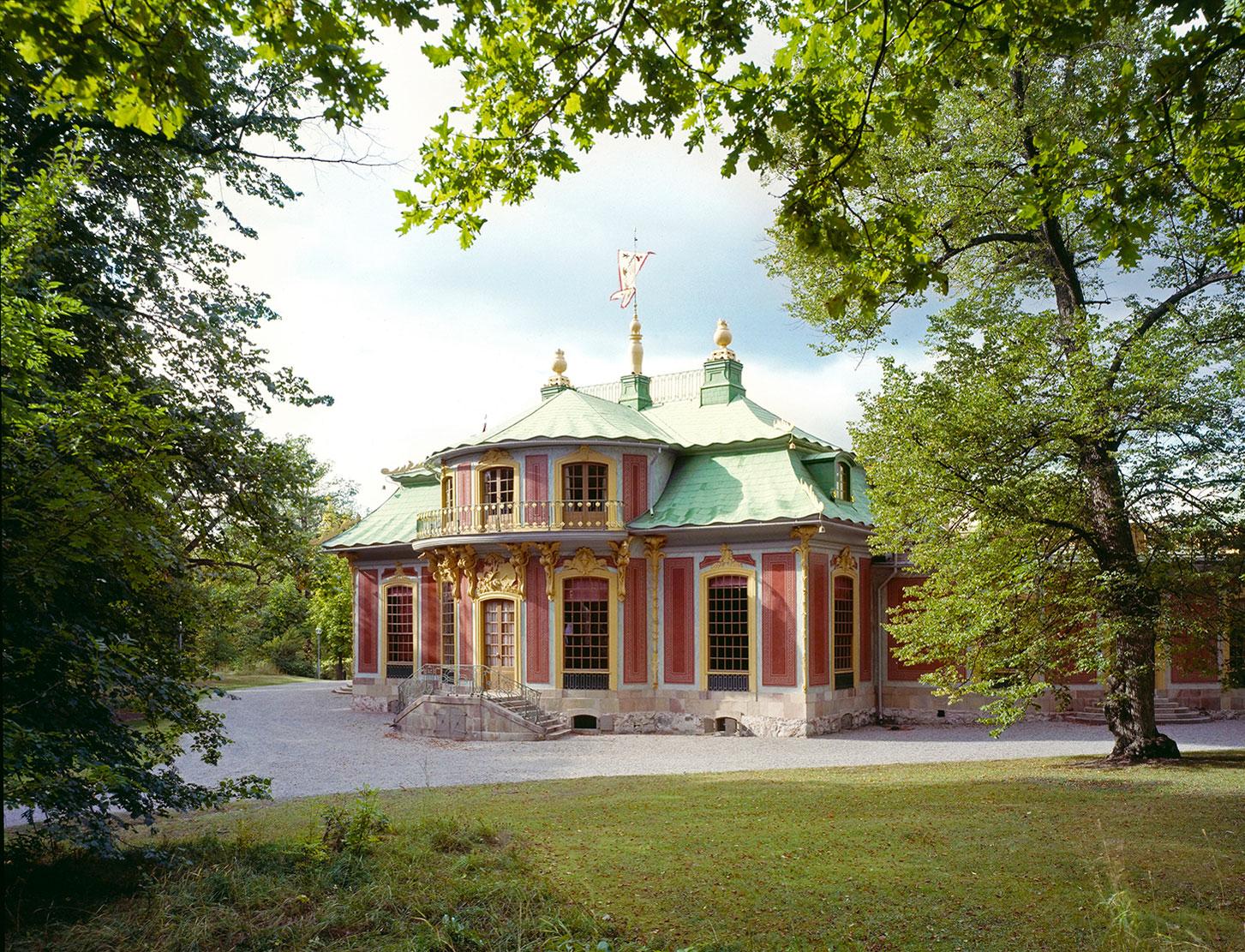A short history of Drottningholm's parks and gardens

What is your role at Drottningholm?
K.W.: I am a landscape architect responsible for restoration and planning of the maintenance of the gardens. The gardens are valuable monuments but they are also used as a recreational area by people living here in Stockholm.

Can you tell us a little about the history of Drottningholm’s gardens?
K.W.: We have three very distinct historical gardens, which were developed in three stages, inspired by three main European garden styles. The baroque garden, which is the oldest, was created in the 1600s upon the initiative of Queen Hedvig Eleonora, and is strongly connected to the Palace that was created at the same time. The architects were inspired by newly planted palace gardens in France at the time, where the ideal was strict, ordered and symmetrical. The baroque garden lay in disrepair during the 1800s but was restored in the 1950–60s by Gustaf VI Adolf.
And then we have the rococo gardens built around the Chinese Pavilion in the 1700s. At this time, the strict, symmetrical garden ideal began to be abandoned for a more natural park. Queen Lovisa Ulrika was inspired by this aesthetic and commissioned the Chinese Pavilion's architect, Carl Fredrik Adelkrantz, to plant chestnut tree-lined avenues around the Chinese Pavilion so visitors could view the landscape. The groves to the east of the Chinese Pavilion were planted as bowers for carefree open air rendezvous. Behind the pavilion lies a tree grove containing a mix of Swedish trees, giving a “wild" impression and providing a frame of natural romanticism for the Chinese Pavilion.
When Gustav III took over Drottningholm in 1777, he wished to make room for the new park ideal from England – the natural landscape park or English garden. Fredrik Magnus Piper, who studied these gardens in England, was commissioned in 1780 to create such a garden to the north of the baroque garden. This garden is made up of two ponds with canals, islets and beautiful bridges, expansive lawns as well as tree-lined avenues and tree groves. Curving walkways wind themselves all around the park. Viewing paths stretch through the English garden and partly through the baroque garden providing beautiful viewpoints and landscape vistas.

How do you recommend people visit Drottningholm?
K.W.: The best way to visit Drottningholm is to take the boat from Stockholm, join a palace tour to get an introduction to the area and then enter the Baroque garden.

The Palace is Their Majesties the King and Queen's permanent home residence. The rooms in the southern wing of the palace are reserved for this purpose. The rest of the palace and gardens are open to the public year round. Visiting the gardens is free of charge.
For more information about the gardens, please visit the Swedish Royal Court website.
For more information about the Drottningholm Palace please see www.drottningholmpalace.se for details of opening hours and dates.



